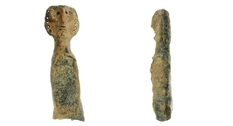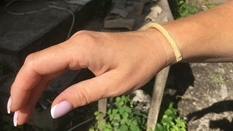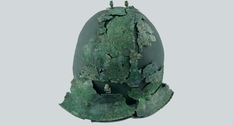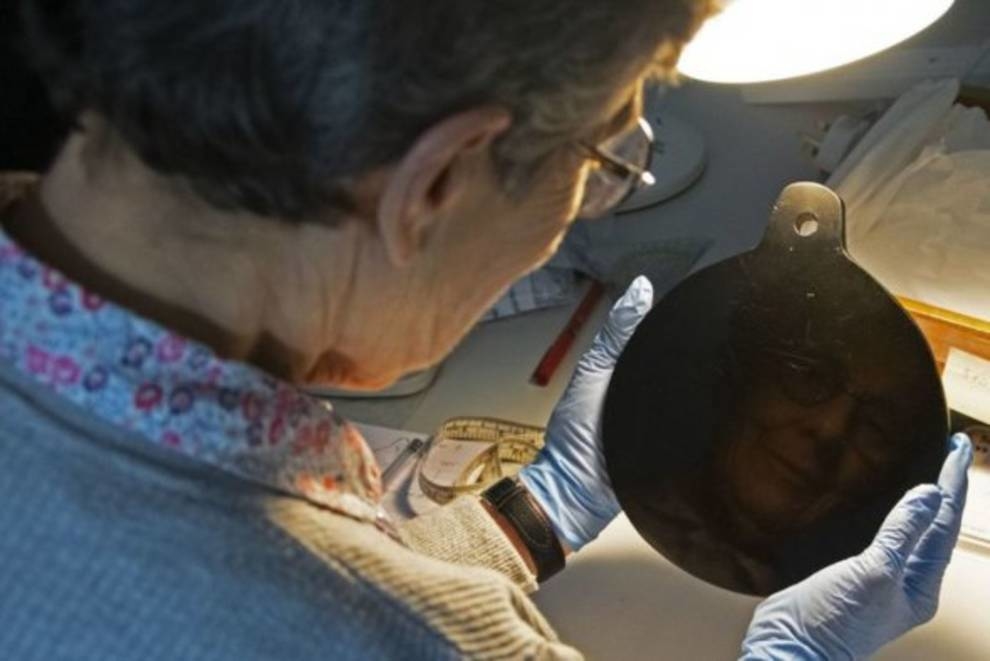
What came the scientists who investigated the ancient obsidian mirror?
A group of researchers studied the 1500-year-old obsidian mirror from the British Museum. They found that in its manufacture they used raw materials from Mexico.
The artifact belonged to the famous in England since the time of Queen Elizabeth I (1558 - 1603) scientist John Dee. With the help of black mirrors, the practices of the occult tried to summon spirits and angels. John Dee never parted with him.
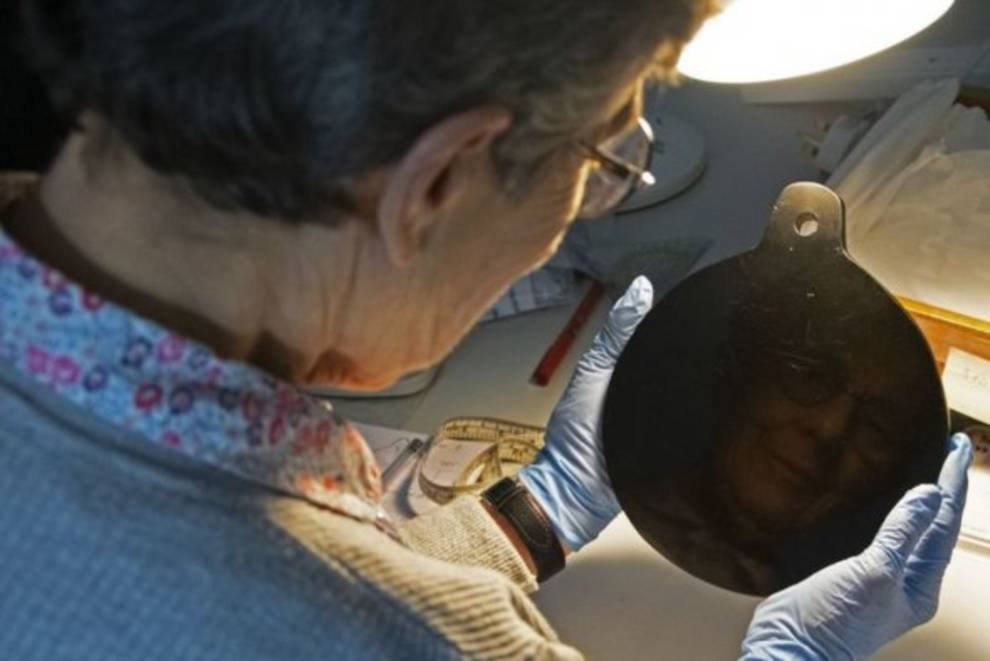
“This mirror is unique. Not only because it was owned by a person known at the court of the Tudor Queen, but also because of the unusual material - obsidian, from which it is made. It was believed that the source of the rock from which the artifact was made is Mexico, but no scientific analyzes have previously been carried out. Only 16 mirrors from polished obsidian are known in the world and 3 of them are in the British Museum. We found that they all once belonged to the elite of the Aztec country, modern Mexico. It was conquered by the Spaniards at the beginning of the 16th century,” says researcher Elizabeth Healy.
The study of the mirror itself was carried out in February 2019 by Stuart Campbell and Elizabeth Healy from the University of Manchester, United Kingdom using a portable X-ray fluorescence spectrometer. Together, we managed to determine that the root source of the unique artifact is Pachuca in central Mexico.
To get from Mexico through Spain into the hands of John Dee, the mirror had to go through a difficult path, because at that time England was engaged in constant wars with Spain and France.
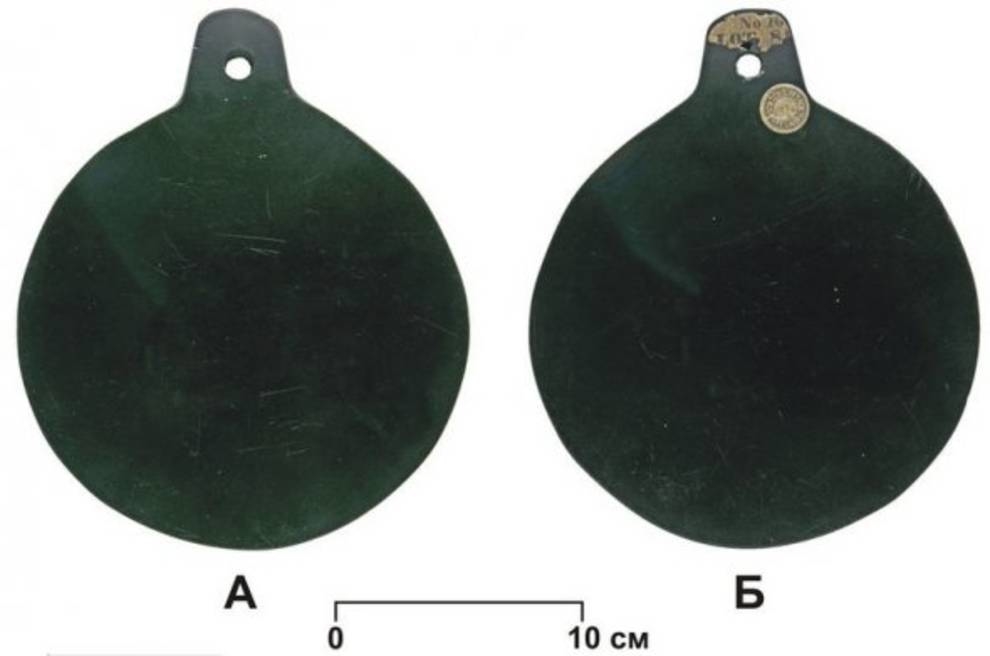
Although we can not exclude the fact that the British pirates intercepted the Spanish caravans of ships with gold and jewels from Mexico, where the obsidian mirror was also among the rare things. Then it somehow got to John Dee.
The results of the study were presented by a group of scientists at the Second International Conference on the Study of Obsidian, which was held in May 2019 in Hungary.
The artifact belonged to the famous in England since the time of Queen Elizabeth I (1558 - 1603) scientist John Dee. With the help of black mirrors, the practices of the occult tried to summon spirits and angels. John Dee never parted with him.

Photo © popmech.ru
“This mirror is unique. Not only because it was owned by a person known at the court of the Tudor Queen, but also because of the unusual material - obsidian, from which it is made. It was believed that the source of the rock from which the artifact was made is Mexico, but no scientific analyzes have previously been carried out. Only 16 mirrors from polished obsidian are known in the world and 3 of them are in the British Museum. We found that they all once belonged to the elite of the Aztec country, modern Mexico. It was conquered by the Spaniards at the beginning of the 16th century,” says researcher Elizabeth Healy.
The study of the mirror itself was carried out in February 2019 by Stuart Campbell and Elizabeth Healy from the University of Manchester, United Kingdom using a portable X-ray fluorescence spectrometer. Together, we managed to determine that the root source of the unique artifact is Pachuca in central Mexico.
To get from Mexico through Spain into the hands of John Dee, the mirror had to go through a difficult path, because at that time England was engaged in constant wars with Spain and France.

Photo © popmech.ru
Although we can not exclude the fact that the British pirates intercepted the Spanish caravans of ships with gold and jewels from Mexico, where the obsidian mirror was also among the rare things. Then it somehow got to John Dee.
The results of the study were presented by a group of scientists at the Second International Conference on the Study of Obsidian, which was held in May 2019 in Hungary.
